Using Recycled Materials in Interior Design — Beauty with a Backstory
Chosen theme: Using Recycled Materials in Interior Design. Discover how salvaged wood, rescued glass, and upcycled textiles can craft soulful rooms, shrink waste, and spark conversations. Join our community, share your best finds, and subscribe for hands-on plans, sourcing tips, and weekly design inspiration.
Why Recycled Materials Belong in Your Home
From Waste to Wonder
Recycled materials turn constraints into creativity. An old shipping crate becomes a slatted headboard; a battered lab table becomes a kitchen island with history. The circular mindset saves resources while delivering one-of-a-kind design moments worth explaining every time guests stop by.
Design That Tells Stories
A reader named Maya framed a hallway mirror with floorboards from a deconstructed dance studio. Scuff marks whispered of pirouettes and rehearsals, adding grace to a simple passageway. Your home can hold similar lived-in poetry—share your favorite rescued story with our community.
Health and Well-Being
Thoughtful reuse can lower emissions and support healthier indoor air. Choose low-VOC, water-based sealers on reclaimed wood, test painted pieces for lead with swabs, and vacuum with a HEPA filter after sanding. Less off-gassing, more calm, and a space that genuinely feels like you.
Sourcing and Selecting Reclaimed Pieces
Architectural salvage yards, Habitat ReStore locations, deconstruction crews, demolition auctions, flea markets, and community reuse centers hide incredible building blocks. Browse early and often, measure twice, and keep photos of your room and door openings for quick, confident decisions on-site.
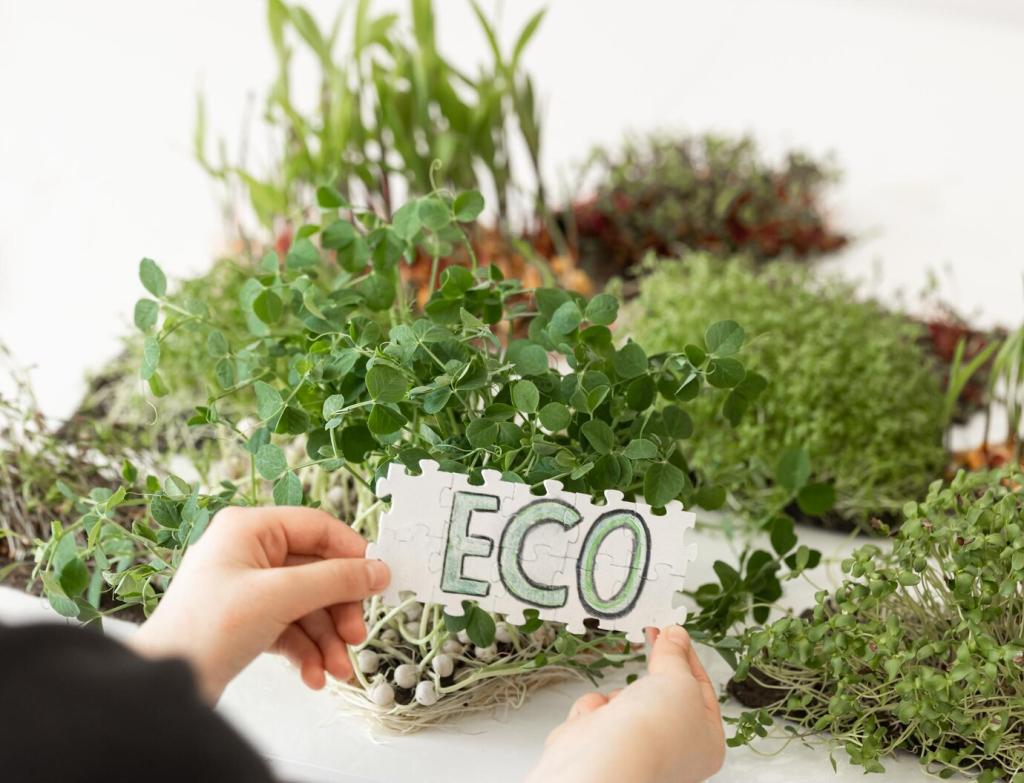
Sourcing and Selecting Reclaimed Pieces
Check for moisture damage, pests, structural cracks, hidden nails, and warping. Ask about previous finishes, and sniff for strong chemical odors. Bring a small magnet for metal grading and a tape measure. Good bones plus manageable flaws equal a future showpiece worth the effort.

Reclaimed Wood that Works Hard
Old joists, barn boards, and gym bleachers bring density and stability modern lumber often lacks. Remove nails, plane lightly, and consider kiln-drying to stabilize. Use for shelving, headboards, or dramatic wall cladding that radiates warmth and makes even minimal rooms feel welcoming.
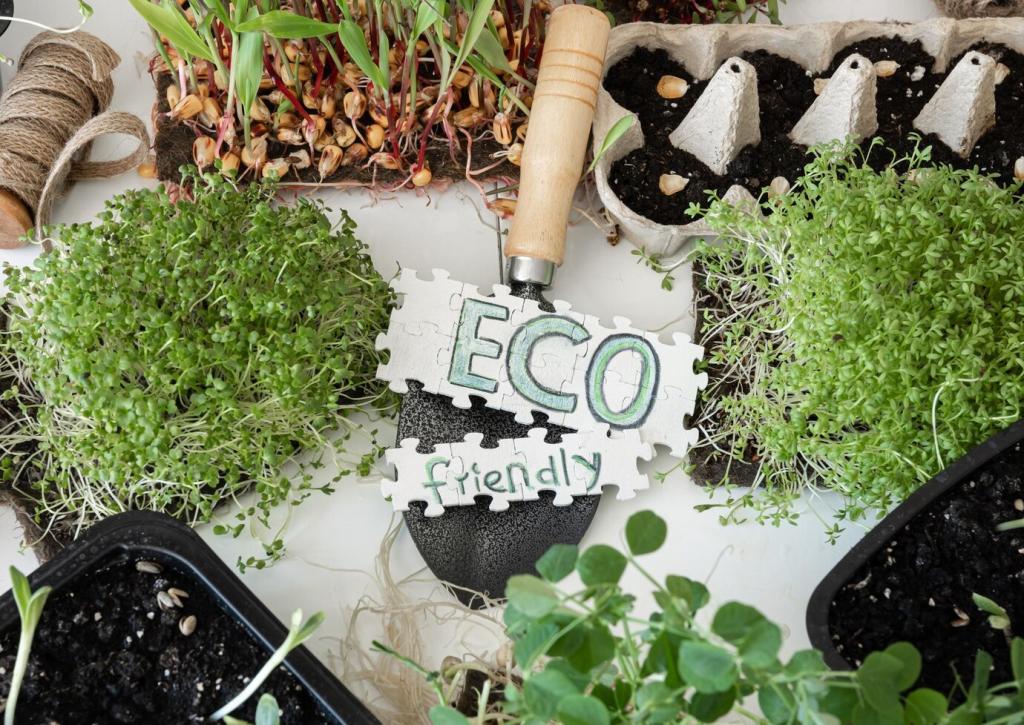
Rescued Glass and Tile with Lightplay
Bottle glass, vintage windows, and discarded tile sheets catch sun like little miracles. Turn shards into mosaics, build a backsplash from mixed remnants, or layer translucent panels for filtered light. Ground the sparkle with matte finishes nearby so the room stays balanced and serene.
Choose pallets stamped HT for heat-treated wood, then fully disassemble to avoid the obvious pallet aesthetic. Plane boards, stagger joints, and add hidden casters. Finish with water-based polyurethane for durability. You’ll gain a mobile table with history and clean lines that complements modern sofas.
DIY Projects You Can Start This Weekend
Cut bottles safely with a jig, sand edges smooth, and pair with low-heat LED bulbs. Use cloth-covered cord and a canopy rated for fixtures. Group three colors for rhythm. Share your palette choices, and we’ll feature our favorite combinations in next week’s design roundup.
DIY Projects You Can Start This Weekend
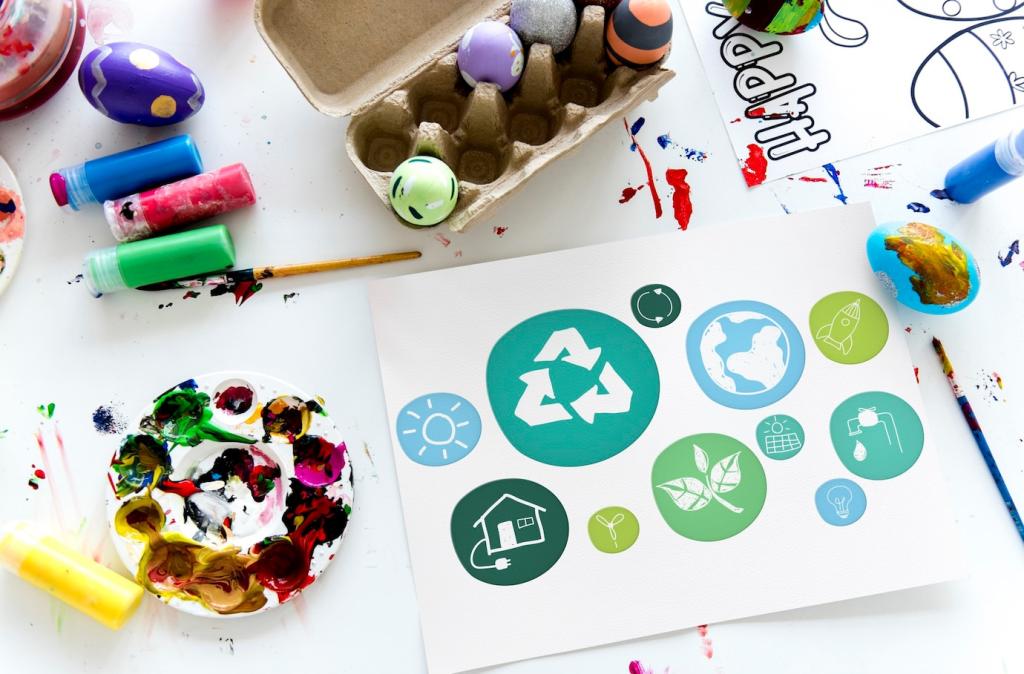
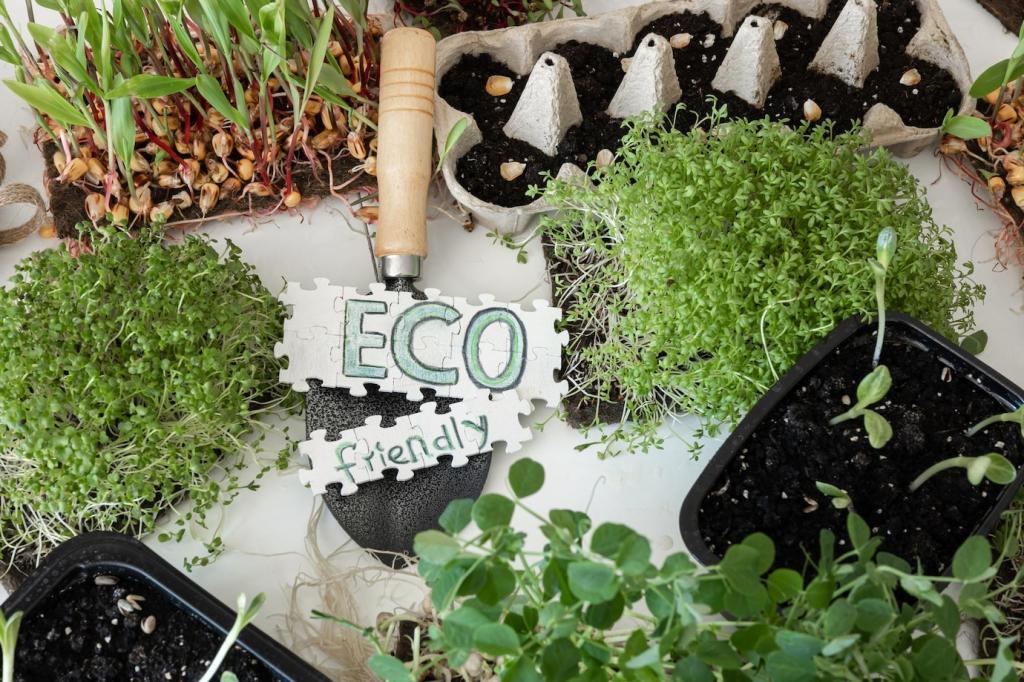
Styling Principles for a Cohesive Look
Repeat a dominant material at least three times for continuity. A reclaimed oak shelf, matching picture frame, and table edge sing together across a room. This echo keeps interest high while guiding the eye on a calm, intentional journey through the space.
Styling Principles for a Cohesive Look
Pair worn surfaces with crisp neighbors: a timeworn farmhouse bench under a sleek quartz counter, or aged brass beside matte ceramic. Contrast prevents the room from feeling theme-park rustic. Share your favorite pairing, and we’ll fashion an inspiration board around your idea.
Case Study: The Brick Loft That Breathed Again
They found maple gym bleachers for flooring at a school deconstruction sale, saving thousands. Old laboratory cabinets became a kitchen wall, already sturdy and square. Because pieces came pre-dimensioned, install time dropped, and their budget stayed focused on lighting and comfortable seating.

Care, Maintenance, and Safety
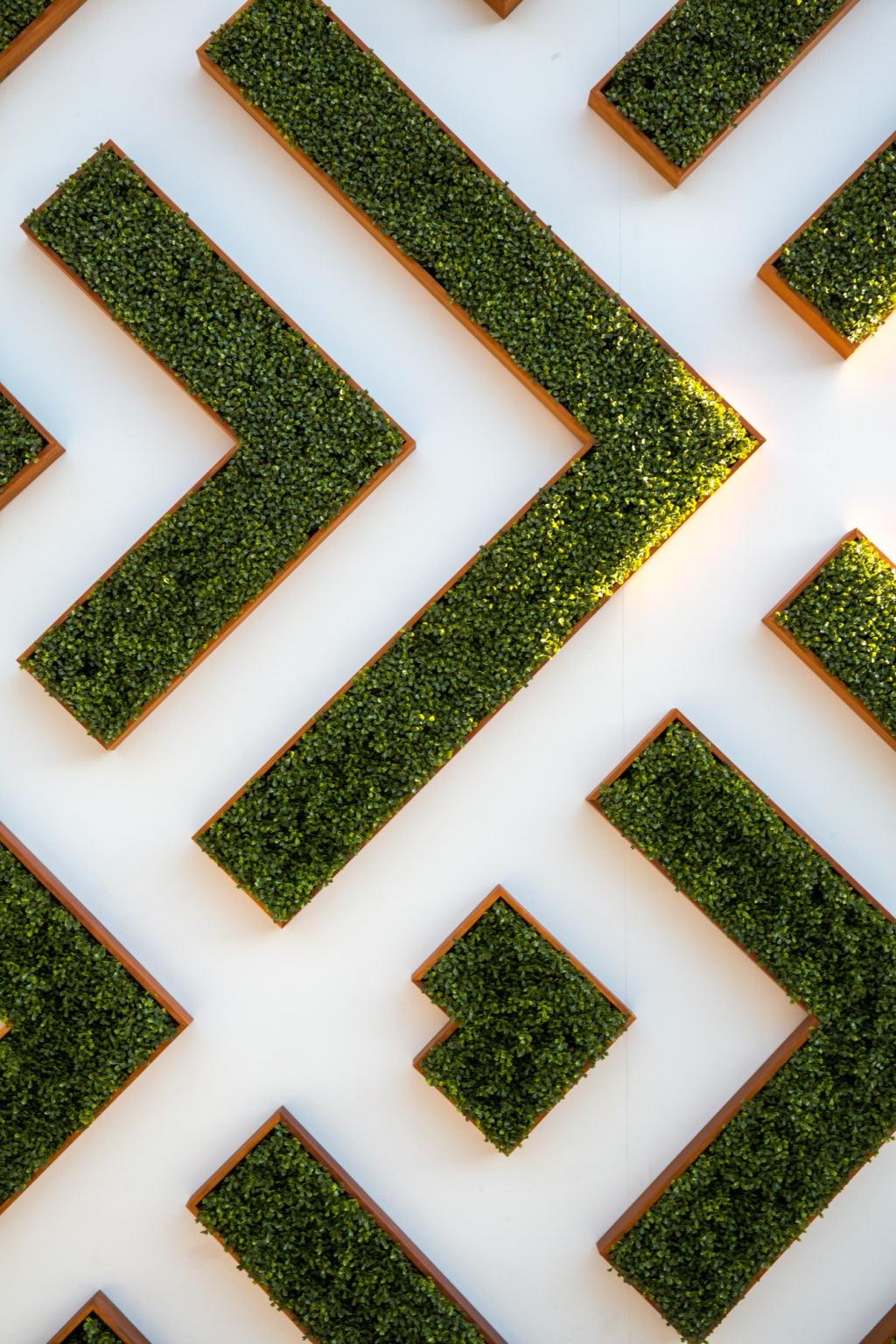
Clean, Seal, and Protect
Use gentle soap, microfiber cloths, and paste wax or waterborne sealers on wood. For metal, clear coats or natural oils tame rust while preserving character. Add felt pads, coasters, and trays. Small habits avoid big repairs, keeping patina charming instead of deteriorating.
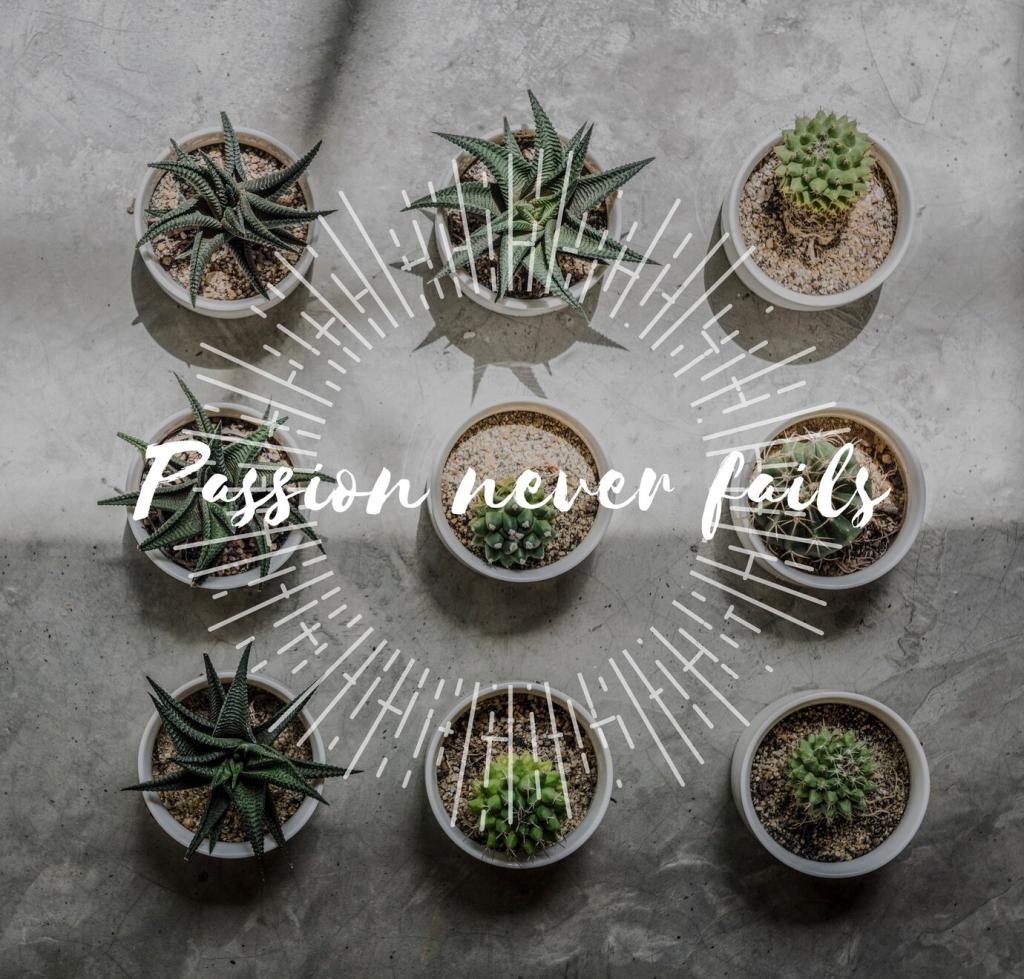
Know Your History
Test painted or glazed items for lead, and avoid cutting materials that may contain asbestos. When in doubt, consult a professional. Photograph markings, stamps, and joinery details. Understanding origin guides safer finishes and future repairs, while preserving the narrative your home proudly carries.

Long-Term Care
Wood moves seasonally; leave expansion gaps and re-oil as needed. Tighten hardware annually, vacuum crevices gently, and refresh sealers before wear shows. Track dates in a simple checklist. Share your maintenance wins, and we’ll turn them into a reusable schedule for subscribers.
Get Involved: Community and Circular Design
Post a snapshot of your most meaningful reuse—shelves from scaffolding boards, tiles from broken dishes, or doors from old wardrobes. Describe the process and lessons learned. We’ll feature standout projects to encourage newcomers and spark intelligent, sustainable experiments at home.
Get Involved: Community and Circular Design
Invite friends to swap surplus materials, tools, and offcuts. Bring a label maker and a scale to track waste diverted. Share contacts for deconstruction crews and reuse centers. Together, you’ll seed collaborations and expand the network that keeps beautiful materials out of landfills.
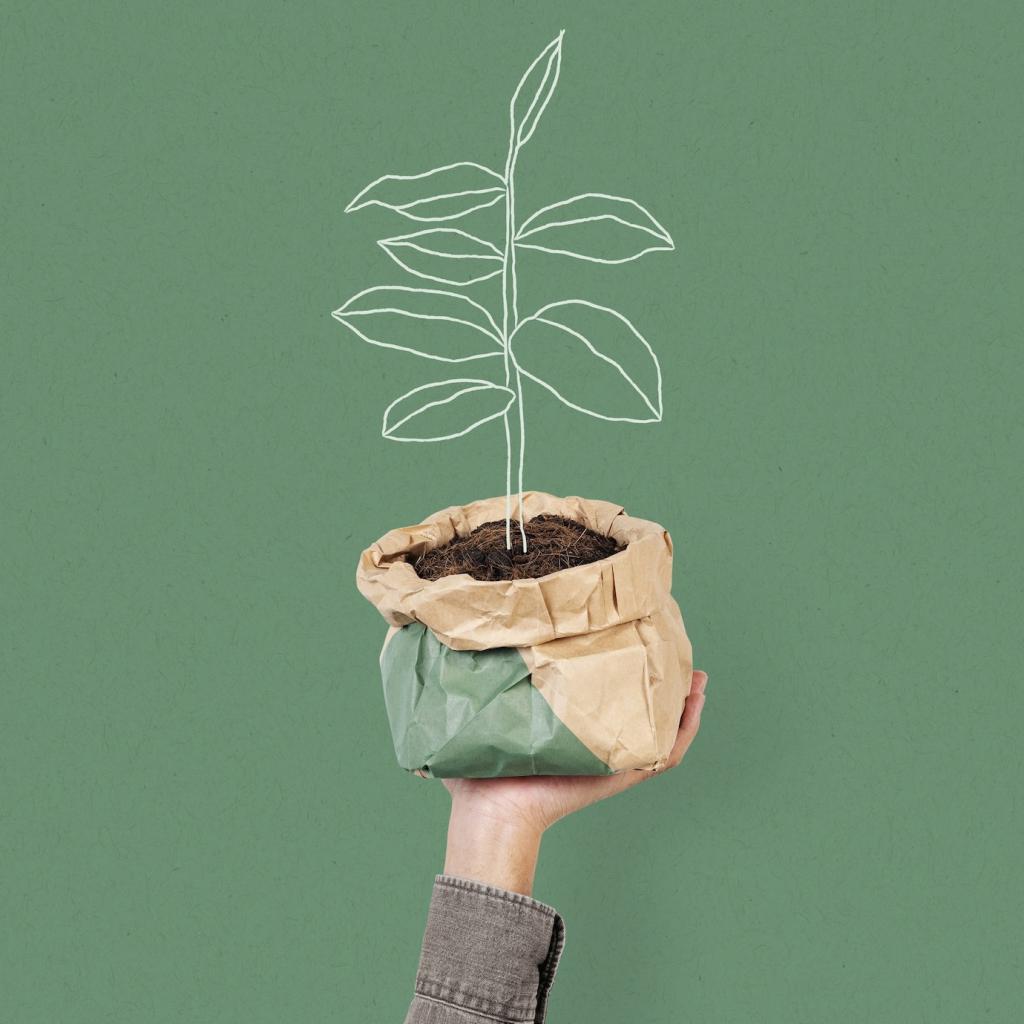

Join our mailing list
